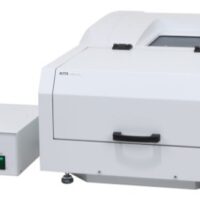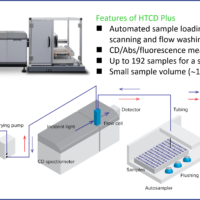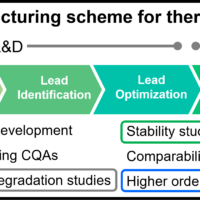Introduction
A dichroic mirror is an optical element consisting of multi-layered dielectric materials that have different refractive indexes. This enables the mirror to reflect the light of a specific wavelength and transmit the light of another. Dichroic mirrors have different spectral characteristics, depending on the angle or polarization of the incident light. Therefore, in the evaluation of dichroic mirrors, it is necessary to elucidate its spectral characteristics.
An absolute reflectance accessory can be used to measure transmittance and reflection, whilst changing the incident angle and/or the polarization of the incident light. First, setting the detector in the 0° position in the transmission arrangement without setting the sample, the baseline is measured (Figure 1 left). And then, mounting the sample, the measurement is performed after setting the angle of incidence and detector position (Figure 1 right). Since the optical path from the center of rotation to the detector at baseline measurement is the same as that from sample to the detector at sample measurement, the absolute reflectance and transmittance of the sample can be measured. In addition, influence from light source fluctuations is removed using a double-beam method that simultaneously transmits the reference beam to the detector in the integrating sphere.
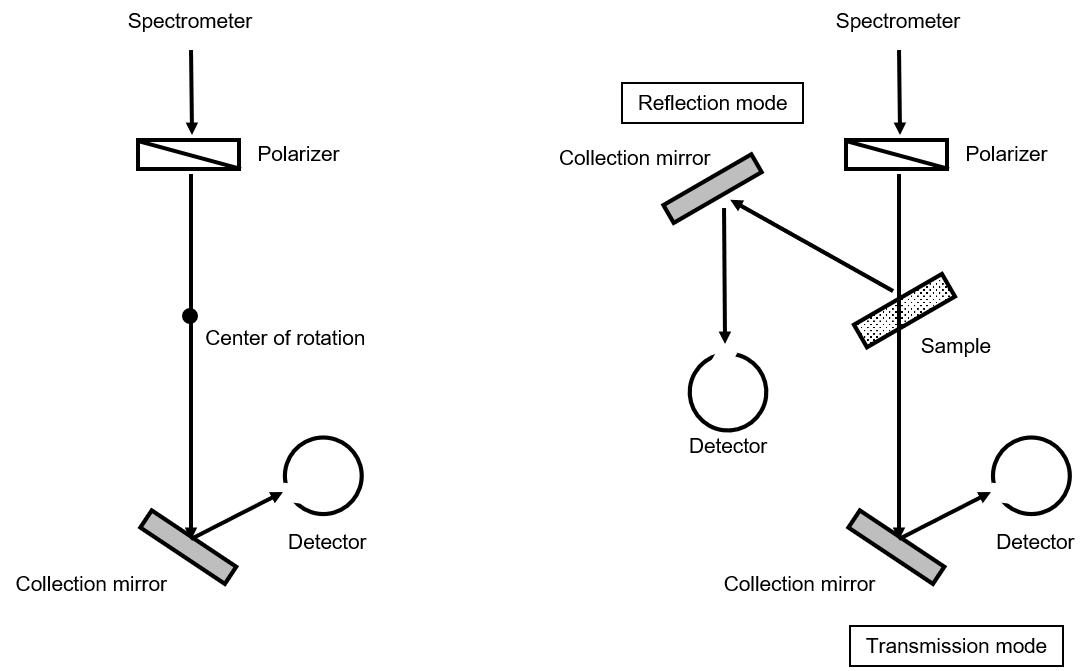
Figure 1. Baseline measurement (left) and sample measurement (right)
This article demonstrates the use of an absolute reflectance measurement system that employs an integrating sphere based detector to measure the polarization and incident angle dependence and evaluate the spectral characteristics of a dichroic mirror.
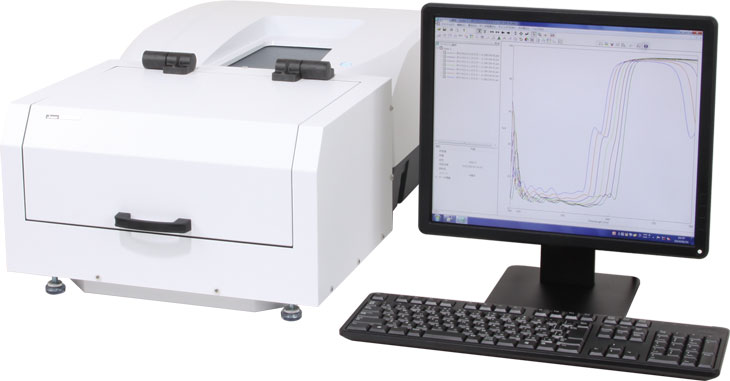
Absolute reflectance measurement system
Keywords
UV-Visible/NIR spectroscopy, Integrating sphere, Absolute reflectance, Materials, dichroic mirror
Results
Figure 2 shows the reflectance spectrum under different polarization conditions, while Figures 3 and 4 illustrate the anglular dependence of the reflectance spectrum under the p and s polarizations, respectively. It is seen that for both s and p polarizations, the reflection region expands to the longer wavelength side with increase in the incident angle.
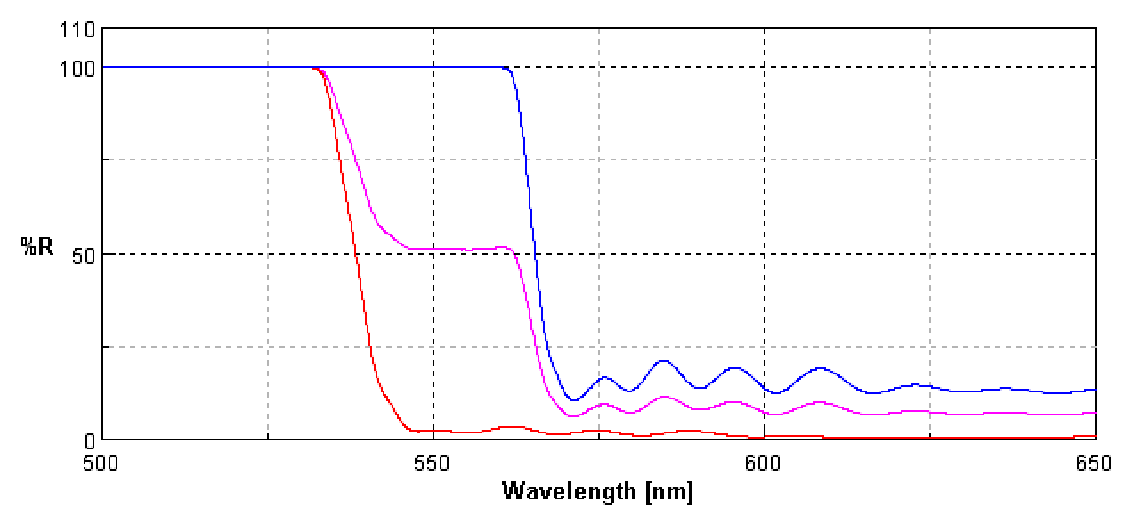
Figure 2. Reflectance spectrum of s (red), p (blue), and natural light (pink) polarizations.
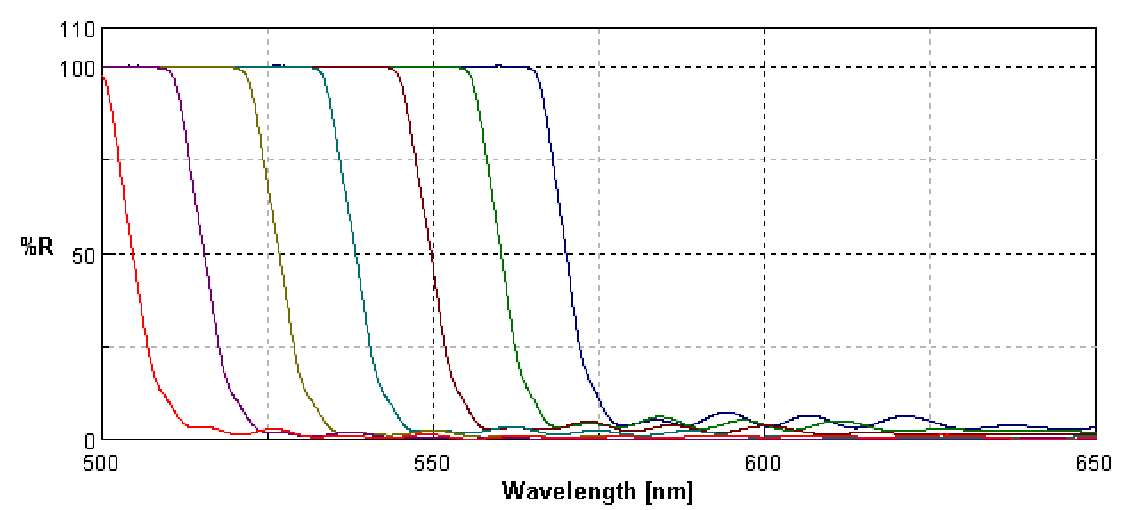
Figure 3. Angle-dependent reflectance spectrum for p polarization. The angles are: 30 (blue), 35 (green), 40 (maroon), 45 (teal), 50 (yellow), 55 (pink), and 60 (red) degrees.
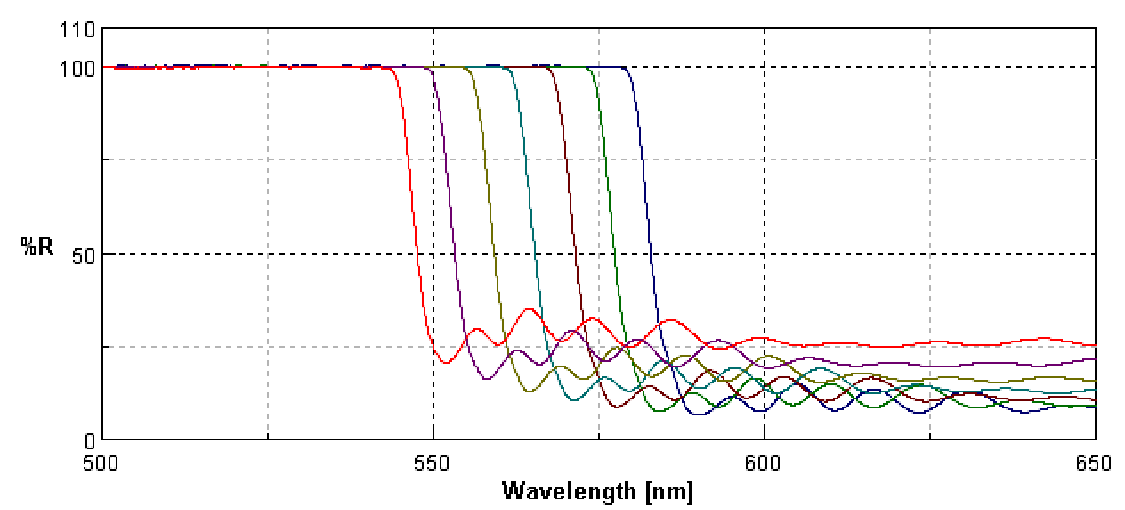
Figure 4. Angle-dependent reflectance spectrum for s polarization. The angles are: 30 (blue), 35 (green), 40 (maroon), 45 (teal), 50 (yellow), 55 (pink), and 60 (red) degrees.

